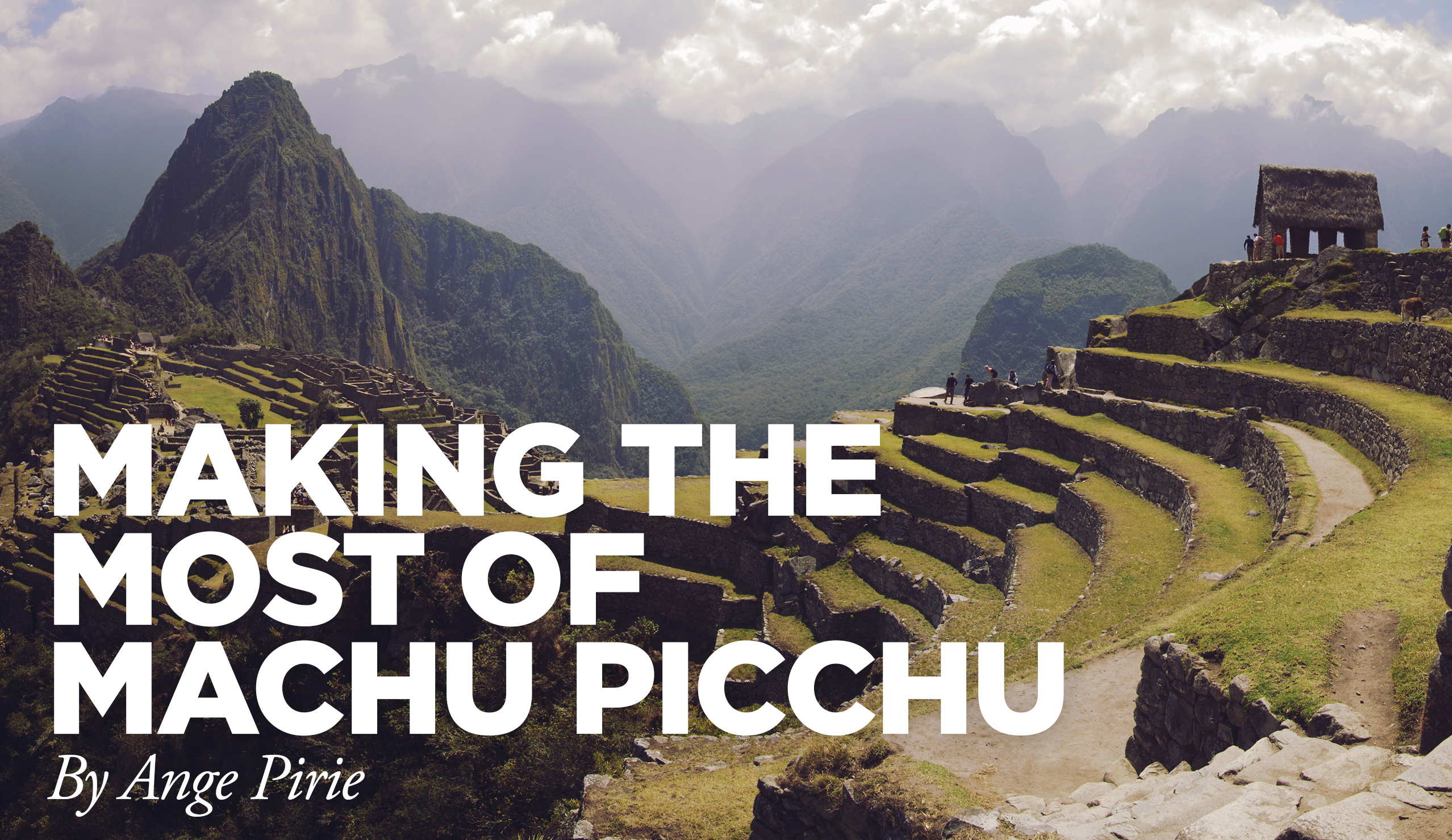Uruguay Tours
Uruguay which neighbours Brazil to the north and Argentina to the south and west, is becoming increasingly popular with its lovely landscapes, little-known vineyards, rural estancias, beautiful beaches and culturally-rich colonial towns and cities.
Visit the charming UNESCO World Heritage-listed town of Colonia del Sacramento, which can be easily reached by ferry in an hour from Buenos Aires. Spend time in the lively capital city of Montevideo dining in atmospheric cafes and wonderful restaurants, visiting superb galleries and some excellent museums, or perhaps exploring the antique shops. Enjoy the wine growing areas of Carmelo, Canelones, Montevideo and the Maldonado region, where you can meet small-scale producers tending to their vines using traditional techniques, all set in the most idyllic of countryside surroundings. Finally, get off the beaten track to the natural wonders of Esteros de Farrapos National Park, Quebrada de los Cuervos (Vulture’s Gorge) or the Cabo Polonio Natural Reserve. These rural regions offer scenic horse-riding trails and bike rides to enjoy, cooking and cultural classes, kayaking, hiking, bird watching and countless more outdoor activities. Uruguay will not remain an undiscovered gem for much longer!
Read More...Colonia
Full of old cobblestone streets, rustic buildings and famous landmarks, this historic town has a captivating atmosphere. Admire the beautiful architecture that gives this city its rustic charm, in fact, both Colonia’s old and modern architecture are now protected as UNESCO World Heritage sites.
Montevideo
Montevideo is Uruguay’s capital and largest city – with almost half of the country’s population residing here. A modern metropolis today, the city still brims with colonial monuments, museums and historic buildings that are a picturesque blend of colonial Spanish and modern. The uninterrupted stretch of white sandy beach that surrounds the city attracts many Argentineans who choose Montevideo as a place to relax on their summer break.
Carmelo
This charming town is located along the shores of the Rio de la Plata (the river dividing Argentina and Uruguay) is known for being a fabulous wine region.
Rocha
A region rich in olive oil production and wine production, also known for its beach resorts.
Punta del Este
The chic beachside resort town of Punta del Este sits on a narrow strip of land bordered on one side by the iconic Playa Brava, home to the famous ‘La Mano’ sculpture, which depicts five human fingers partially emerging from the sand. This quaint town is very popular in the summer with the locals and has many lovely galleries and excellent restaurants.
It is possible travel to Uruguay year round, however the best time to visit is during the summer months between November – February especially when the beach resorts are open.
Welcome to the land of mate tea! I particularly loved the cute town of Colonia del Sacramento, small and easy walkable. Has a charming feel about it, with lots of restaurants and live music. Wandering the local streets day or night, you’ll find plenty of music and dancing. Make sure you try an asado (BBQ)! Wander the ‘barrio historico’ (historic neighbourhood), and if it’s open, pay to go up the top of the lighthouse (faro). The views stretch over to Argentina! (which is only a 1-hour ferry crossing from here).
Montevideo has a good walking tour and is full of interesting history. It’s easy to navigate and feels safe (even with the military police walking around with large guns!). There is a nice area where the Montevideo sign is to go and check out – although slightly touristy, this area is full of locals enjoying picnics, sharing mate, or a wine/beer, and taking in the chill vibes, music and a sunset.
Buses are easy to navigate and book. I took a bus a couple of hours from Montevideo to where there are some beautiful beaches in Punte del Este and further up to Punte de Diablo. Prices in Uruguay are a mix of local peso and the USD – my hot tip is that it’s better to pay in pesos if you can.
Nicki Buckingham
Currency Uruguayan peso (UYU)
Language Spanish is the official language but English is widely understood in hotels and at tourist facilities.
Why we love it This under-the-radar destination offers travellers fabulous vineyards, artisan cheese producers and olive oil plantations, making it a great foodie destination!
Weather Uruguay has a temperate climate which means you can expect mild weather with rainfall occurring throughout the year. Temperatures rarely fall below freezing and range from 10 to 16 degrees Celsius during winter (June to September).
Social customs & quirks Roman Catholic is the predominant religion (47%), followed by Protestantism (11%), but 40% of Uruguayans claim no religious affiliation. A hand shake is the normal form of greeting, but aside from this formality, Uruguayans are very hospitable and like to entertain both at home and in restaurants.
Festivals & events Uruguay has a host of lively festivals which offer visitors wonderful insights into this colorful nation. Many of the festivals and holidays are religious in nature, while Independence Day in August marks the country’s break from the strict rule of the Empire of Brazil back in the early 1800’s.
Health* There are currently no health requirements for entering Uruguay.
Notes *Please be aware that Health information is subject to change at any time and you should always double check these requirements at the time of booking and before travel.






